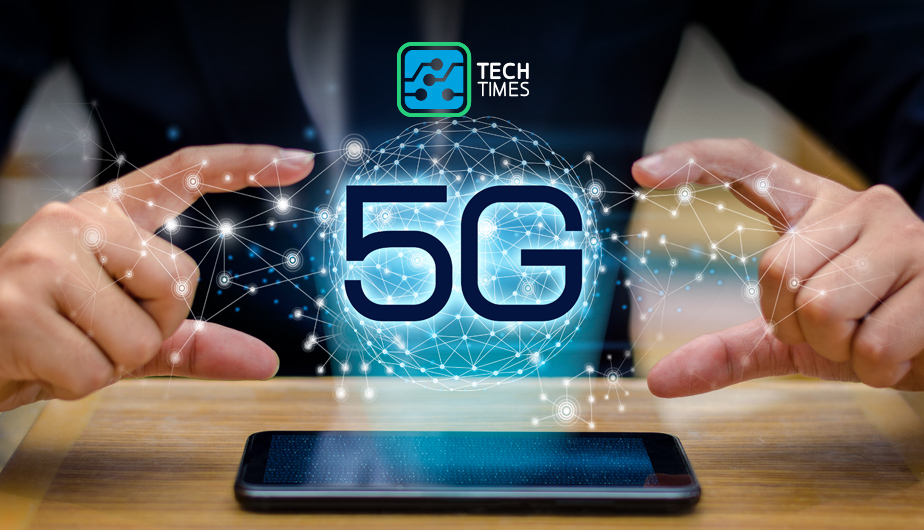
It’s hard to believe that just a few short decades ago, the internet was a mere pipe dream. Today, web access has become an essential component of our lives. What’s more, we stay connected through all manner of devices, from laptops to smartphones to wearables and more. And all of this is made possible by two main technologies: Wi-Fi and mobile networks – both of which are continuously evolving and improving at an impressive pace.
Typically, when a new technology comes along, the question that inevitably rises is whether or not it will replace everything that’s come before. The case of Wi-Fi vs. 5G, however, is unique. That’s because, in reality, what we really want is the best of both.
What’s the Difference?
In the most basic of terms, 5G stands for the fifth generation of mobile network technology. Mobile networks depend on licensed spectrum bands, which are auctioned off to the highest bidder. Mobile carriers, like AT&T and Verizon, must pay in order to use those bands. To provide coverage, these carriers must build out a network comprised of connected base stations that are capable of issuing a strong enough signal to serve hundreds of thousands of users at once. The cost for this is then passed on to the consumer via monthly subscriptions.
Unlike 5G, Wi-Fi connectivity relies on spectrum that is not licensed and is free for anyone to use. The downside of this is that the signal is typically pretty weak. Consumers pay internet service providers to deliver web access and use a router to disperse Wi-Fi throughout their home or office. Using the same frequency band as other users in your area, however, can be an issue – particularly in areas that are densely populated. Wi-Fi uses two frequencies: 2.4Ghz, which has lower speed but penetrates better, and 5Ghz, which has a longer range. (Note: Despite the similarity, 5Ghz frequency actually has nothing to do with 5G networks.)
Most of us rely on Wi-Fi technology to provide us connectivity within our homes, offices or at restaurants or other local businesses. When we step outside and move out of range of a router, that connectivity then shifts to mobile networks. Most smartphones switch back and forth automatically to deliver a seamless connection regardless of our location. This will continue to be the case as 5G networks begin to become more prominent. The main difference we will experience is in the speed of those networks.
What Does 5G Offer?
As mentioned, the main benefit of 5G is the speed this technology will offer. Many people are excited at the prospect of download speeds as fast as 10Gbps and upload latency of just 1 millisecond, but the real numbers may not be that impressive. The actual speed of a 5G connection will ultimately depend on a variety of factors, such as where you are located, what device you are using, which network you are connecting to and the volume of others also connected to that network.
All things considered, however, a realistic minimum download speed of 50Mbps and upload latency of 10 milliseconds is still a major improvement over the average speeds we’re currently experiencing. Of course, access to 5G networks may take some time. Just as with 4G LTE technology, 5G coverage is expected to expand slowly. In the meantime, as we wait for carriers and ISPs to build the necessary networks with hardware capable of supporting these new technologies and speeds, we will still have current Wi-Fi and 4G LTE to fall back on – and that’s nothing to sneeze at.